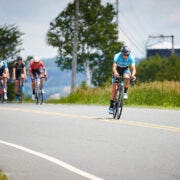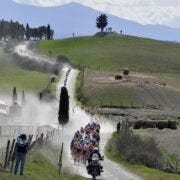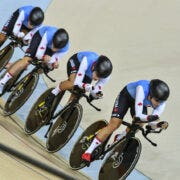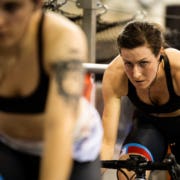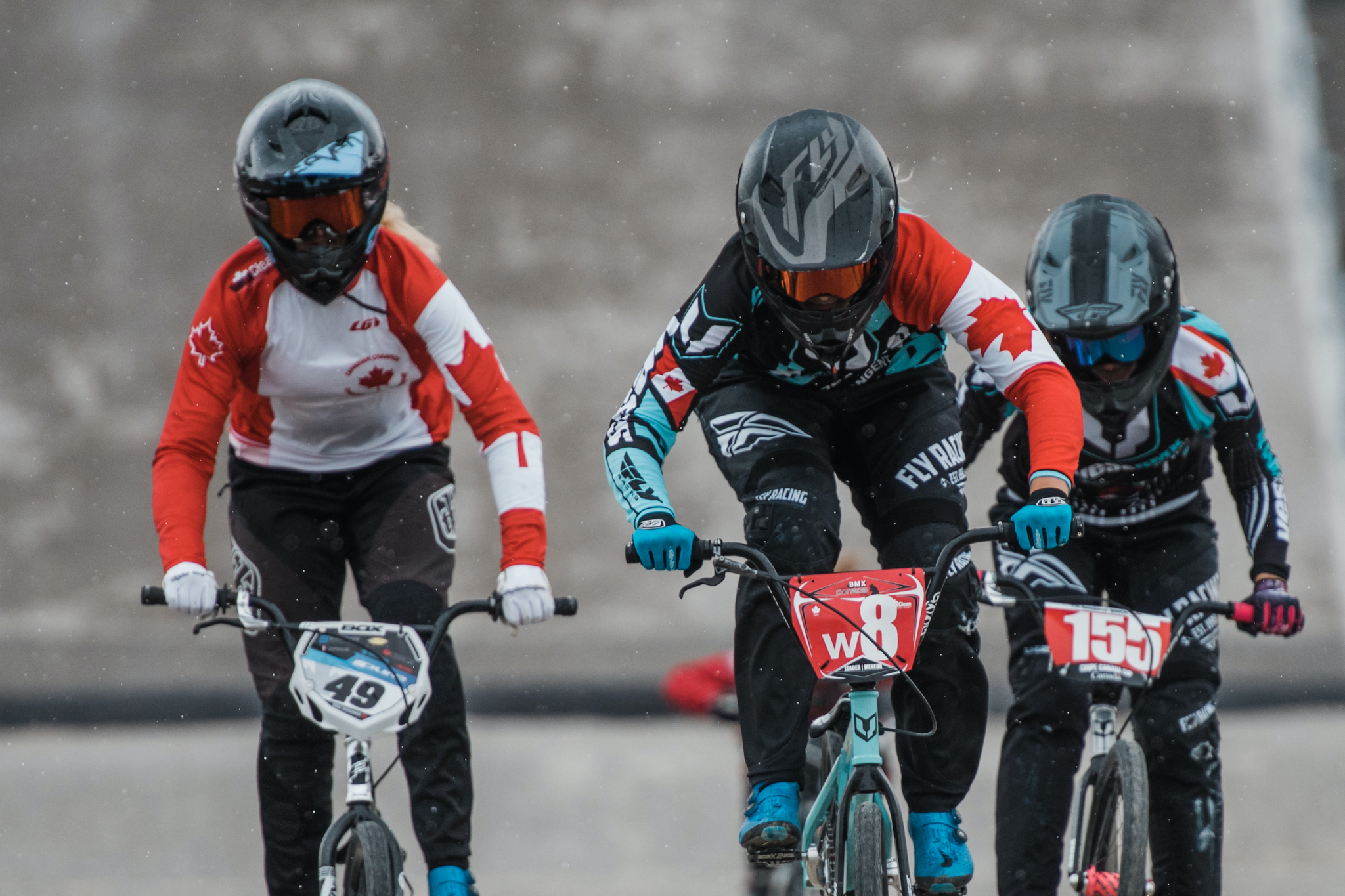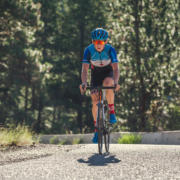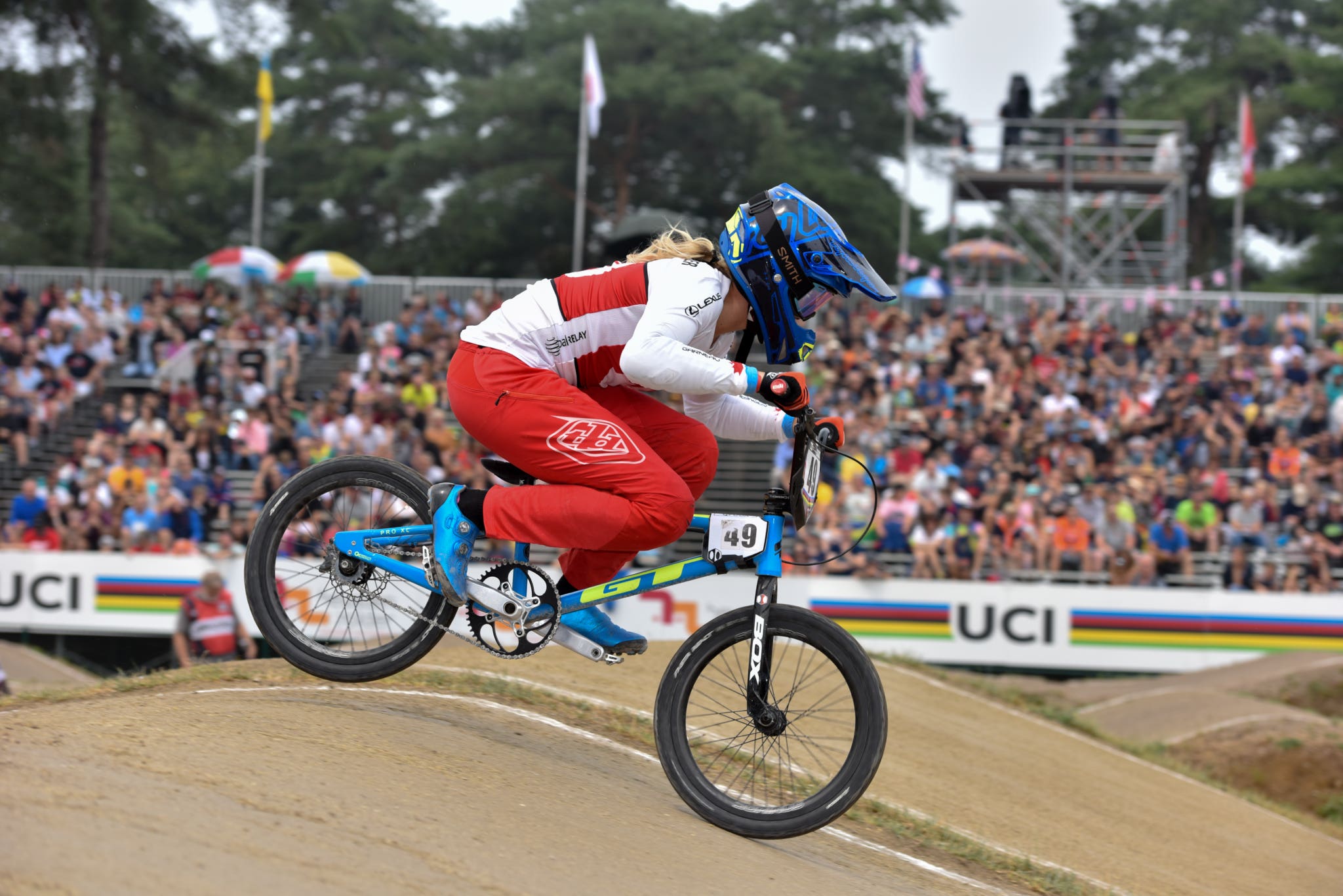A TAKE ON PARA-CYCLING
By Guillaume Plourde, NextGen Para-Cycling Coach (East)
Imagine lying flat on your back, tightly belted in a spaceship-like, three wheeled carbon luge sitting 6 inches above the ground and riding steadily above 35km/h, propelling forward with only the use of your arms. What about putting on a blindfold, hopping on the back of a tandem fixed gear bike, trusting your pilot fully and casually hitting a 43 degree inclined turn at 55km/h? Or attacking the pack going up a hill and pedalling with only one leg? I’ve seen some spectacular bike handling skills during tricycle races; taking a 90 degree turn going full gas at the bottom of a hill when it’s impossible to lean your bike sideways is always exciting to watch!
This is what para-cycling is all about. The sport of para-cycling fosters an inclusive sense of community that is felt within Canada and extends to the greater para-cycling sporting community around the world. Chances are you’ve heard the term “para-cycling,” and you might have seen some funky looking bikes here and there, but never really got a clear idea of what para-cycling really is. Simply put, para-cycling is a UCI cycling discipline on its own; built around a complete classification system to regroup athletes living with eligible physical or visual limitations, into competitive and equitable groupings.
From a coaching perspective, para-cycling presents a combination of all regular cycling aspects: working on physiology, specific strength, mental performance, nutrition, etc. The main challenge comes from the fact that individualization is an absolute necessity, because there is not one single para-cyclist that has the same limitations as another. Para-cycling coaches have to demonstrate a whole lot of creativity when the time comes to adapt and optimize a bike to avoid injuries. Just think about managing all your gears AND brakes with one hand or finding the best cushioning for a handbike when the athlete can’t actually feel where the pressure points are. This is equally true for athletes, as they are the ones providing the most feedback and often come up with ideas that are outside the box to better optimize their set up. Being constantly thrown out of our comfort zone is what drives para-cycling coaches to always stay on top of the latest technological developments and pursue excellence.
Obviously, at the end of the day our athletes represent the core of the team’s success. Even when social distancing wasn’t the flavour of the day, we’ve been operating in a decentralized system. This means that regardless of your location in the country, our network is built to optimize the level of support given to the athletes. This includes having consistent coaching and working with key local practitioners in sports science and sports medicine. Thanks to this, a good number of our top performing athletes also have a professional career and/or a family to take care of, or are full-time students. I am personally always impressed when I realize how the team members are able to manage their schedule and perform at the highest level when needed. Since most athletes and staff don’t get to see each other on a daily basis, this also transforms all national team events into something special, where everybody gets to catch up while sharing the excitement of starting a long training camp or getting ready for a race. The team has a strong family feel where everybody helps push each other to their full potential.
Our para-cycling National Team was particularly successful at the Rio 2016 Paralympic Games, where they won a total of 9 medals. It goes without saying that after the last couple of months of uncertainty due to the COVID-19 pandemic, all athletes are now excited to have a fixed date for the Tokyo 2020(1) Paralympic Games and we are very motivated at the prospect of having the best possible team in attendance at these Games. With a high performance focus on the upcoming Games, it is still extremely important to start thinking ahead to build the foundation for the next 4 years in preparation for the Paris 2024 Paralympic Games.
Cycling Canada is always eager to find new para-cycling talent. With a development program in place that has resources all over the country, we invite anyone interested to contact us directly here. If you have a particular interest or background in endurance sports, para-cycling offers a strong connection with the outdoors and each training experience is unique. In the past few years, we have seen the sport develop rapidly, especially on the women’s side. We have also had the privilege to have athletes who have moved on from other national team programming to join the para program, training and racing with athletes with visual impairments, and helping them reach their full potential while acting as tandem pilots.
As a para-cyclist, riding or training in groups with other cyclists is always possible, it’s only a matter of matching average speeds! For your next Sunday challenge, I would recommend and encourage you to try to hang on behind a handcyclist on a flat road. Remember, that some handcyclists can time trial at an average speed of 40km/h for the full length of a 20km course that has no wind advantage.
The fast-paced and growing community of para-cycling classes represents an incredible and exciting opportunity to be a part of the booming sport of cycling. Hop on and reach out to learn how to get started now!


